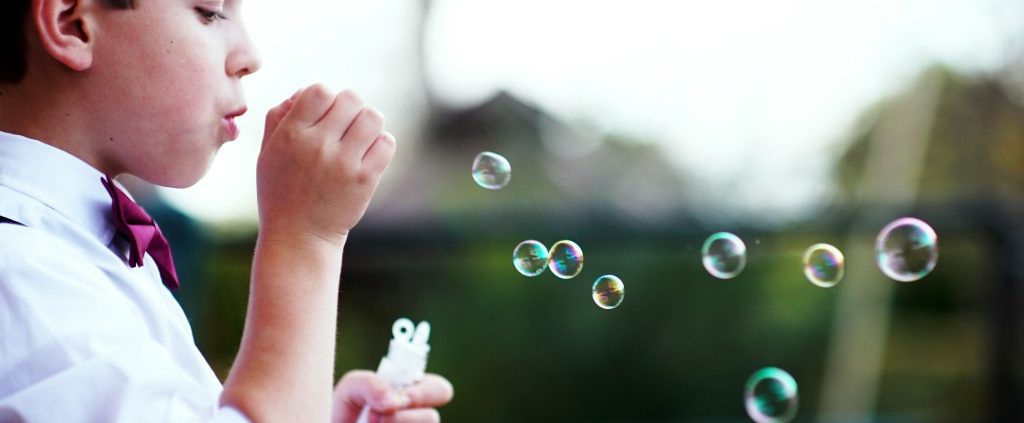EXAMPLES OF WHAT OUR TYPICAL 6-YEAR-OLD CAN DO AFTER 3 YEARS AT PVMA
(I.E., AT THE END OF KINDERGARTEN)
| Social, motor & practical life skills |
|
| Cognitive skills & executive functioning |
|
| Language Arts |
|
| Mathematics |
|
| Cultural Studies |
|




Leave a Reply
Want to join the discussion?Feel free to contribute!